Experience relaxation and peace in your Eads backyard with our proven mosquito control solution. Trusted by families in Eads, our innovative approach not only repels mosquitoes but also establishes a durable barrier customized to your outdoor environment. Mosquito Shield of Memphis is dedicated to creating mosquito-free zones, so you can enjoy your outdoor spaces without interruption.
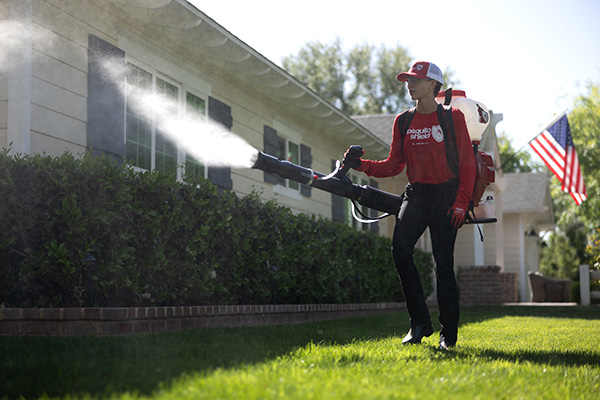
Effective mosquito control in Eads, TN that drives mosquitoes away and keeps them out of your yard.

Enjoy mosquito-free outdoor time in Eads with treatments designed to provide lasting results.

Highly rated mosquito control services in Eads, trusted by residents to enhance outdoor living.
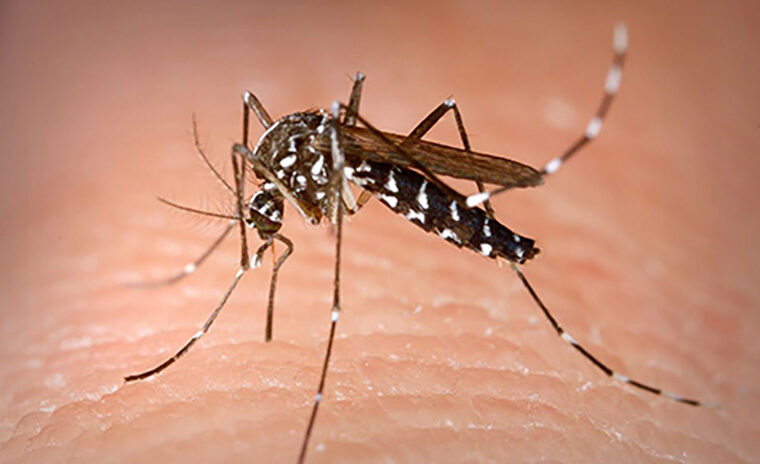
Identification: Small, black body with white leg bands and a lyre-shaped marking on the thorax.
Habitat: Common in urban areas—breeds in artificial containers like flowerpots, birdbaths, gutters, and trash cans.
Behavior: Aggressive daytime biter; prefers humans over animals.
Health Risks: Can transmit Zika, dengue, and chikungunya viruses.
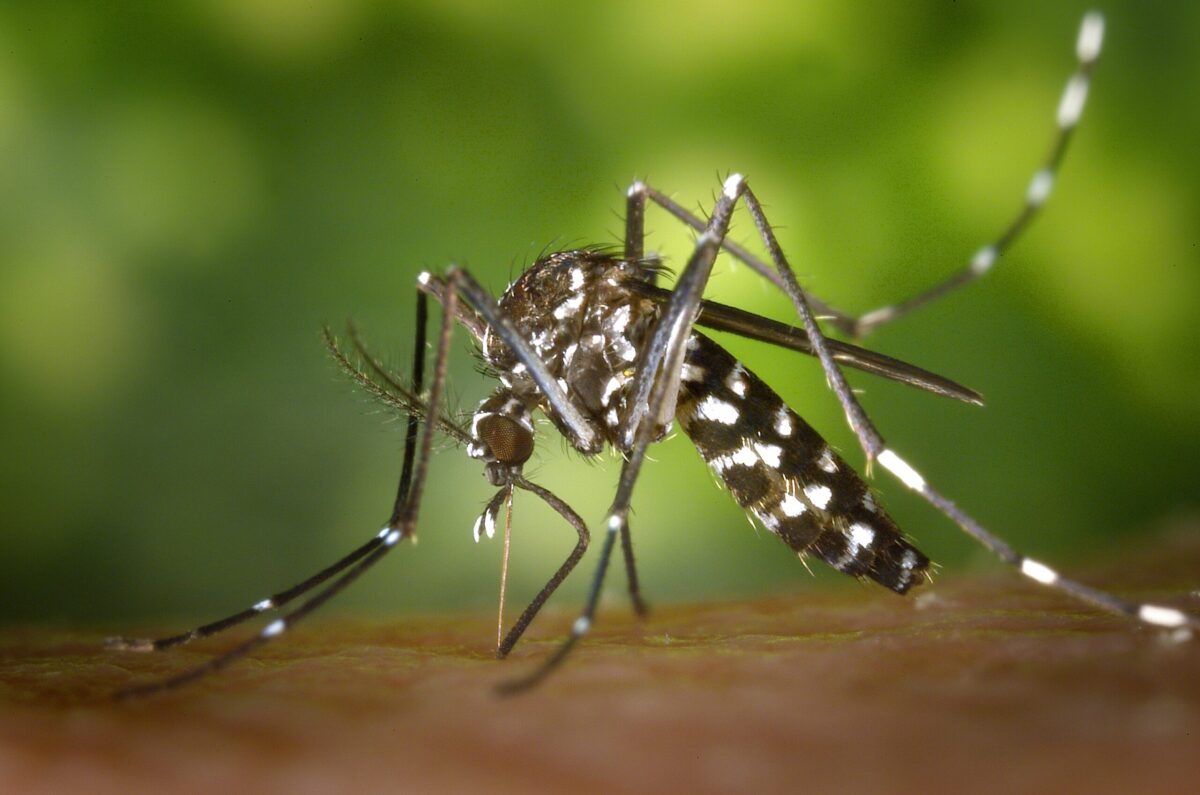
Identification: Black with a bold white stripe down the back and striped legs.
Habitat: Thrives in residential yards, shaded areas, and overwatered lawns—breeds in buckets, toys, and planters.
Behavior: Bites aggressively during the day, especially around ankles and legs.
Health Risks: Known to spread West Nile virus, Zika, and dengue.
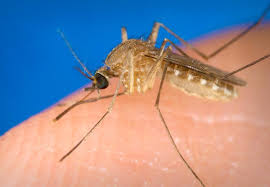
Identification: Light brown with darker bands on the abdomen.
Habitat: Found in stagnant water—storm drains, ditches, clogged gutters, and neglected pools.
Behavior: Active at night; frequently enters homes.
Health Risks: Primary vector for West Nile virus in the Mid-South.
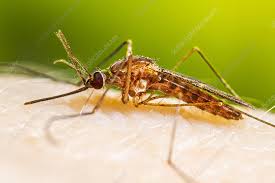
Identification: Medium-sized with four distinct dark spots on each wing; rests at an angle.
Habitat: Prefers clean, still water like ponds, marsh edges, and slow-flowing creeks.
Behavior: Most active at dawn and dusk.
Health Risks: Once a vector for malaria; currently known for itchy, persistent bites.

Eads, Tennessee, is a peaceful, semi-rural community located just east of Memphis, known for its spacious properties, horse farms, and blend of countryside charm with city convenience. With nearby natural attractions like Shelby Farms Park, the Wolf River Greenway, and the wooded trails of the Lucius Burch Natural Area, residents enjoy ample opportunities for outdoor living and recreation. However, Eads’ warm, humid climate and proximity to wooded areas, creeks, and standing water sources contribute to heightened mosquito and tick activity across multiple seasons.
Residents of Eads face recurring exposure to mosquito-borne illnesses such as West Nile Virus and Zika Virus, as well as tick-borne diseases including Lyme disease and Ehrlichiosis. Given the area’s love for outdoor entertaining and equestrian lifestyles, mosquito and tick treatments are a practical necessity—not just a seasonal convenience.
To help manage pest activity, homeowners in Eads are encouraged to:
Remove standing water from containers, old tires, birdbaths, and pet bowls.
Wear long sleeves and use insect repellent, especially near fields or wooded areas.
Treat outdoor living spaces regularly with professional mosquito and tick control to maintain a more enjoyable yard experience.
The Shelby County Health Department includes mosquito control in its public health efforts, offering surveillance and seasonal treatment programs to reduce the risk of disease transmission in and around Eads.

Eads experiences long, hot summers and mild winters, creating a lengthy window for mosquito and tick activity from early spring through late fall. Occasional flooding, seasonal rains, and irrigation for pastures and lawns all contribute to stagnant water buildup, which mosquitoes use to breed. Similarly, the area’s mix of tall grass, shaded woods, and thick brush provides an ideal habitat for ticks to thrive.
Key Factors Influencing Pest Activity:
Mosquitoes and Moisture-Rich Landscapes: The combination of creeks, seasonal rainwater accumulation, and backyard water features increases the likelihood of mosquito emergence in residential zones.
Ticks and Rural Tree Cover: Eads’ dense foliage, brush lines, and horse trails are hotspots for ticks, especially during cooler mornings in spring and autumn.

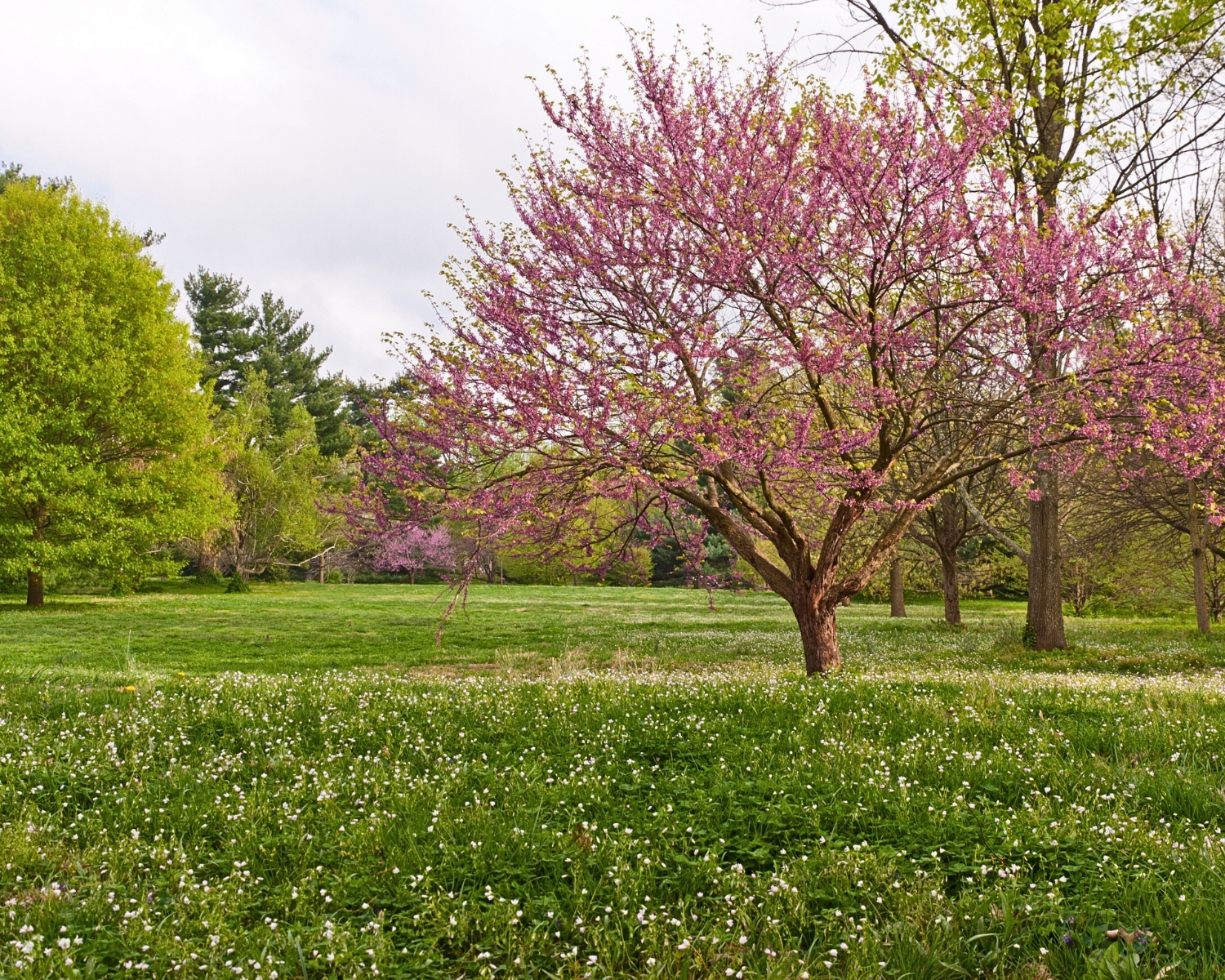
Key Activity: Season begins with rising temps and spring rainstorms.
Breeding: Flooded ditches, backyard containers, and clogged gutters quickly become breeding sites.
Common Species Active: Aedes aegypti and Culex quinquefasciatus begin appearing in residential areas.
Behavior: Increased biting during mornings and evenings.

Key Activity: Peak mosquito activity—humid, stormy weather fuels rapid breeding.
Breeding: Standing water is abundant—from birdbaths and puddles to storm drains and abandoned tires.
Common Species Active: Aedes albopictus, Aedes aegypti, and Culex quinquefasciatus dominate.
Behavior: Biting pressure is intense all day and night, especially in shaded or grassy yards.
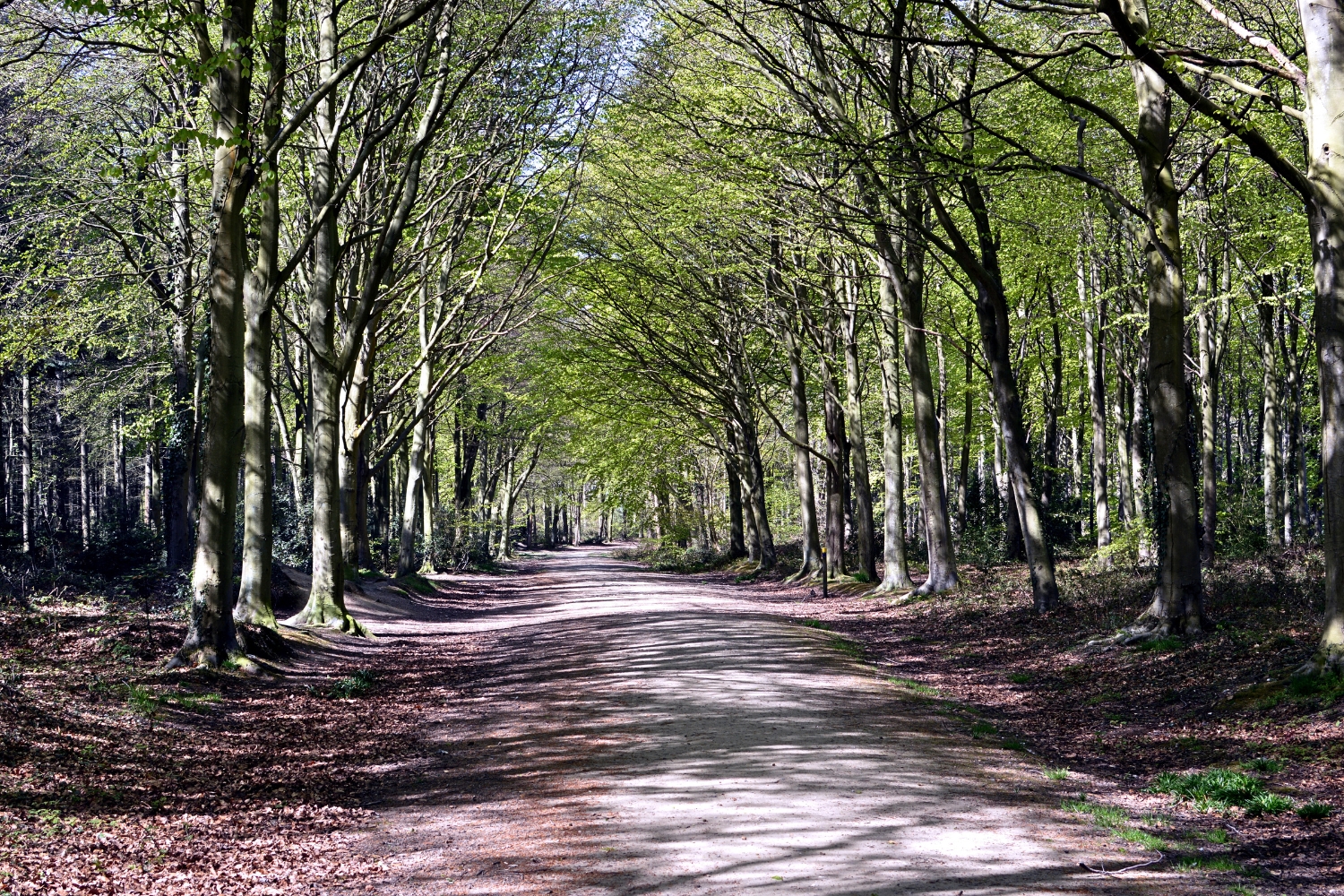
Key Activity: Mosquito activity tapers but stays present through mild fall days.
Breeding: Rainstorms and lingering yard debris hold just enough moisture to support limited breeding.
Common Species Active: Culex and Aedes species remain visible.
Behavior: Mosquitoes remain active on warmer days, particularly near wooded areas and drainage points.
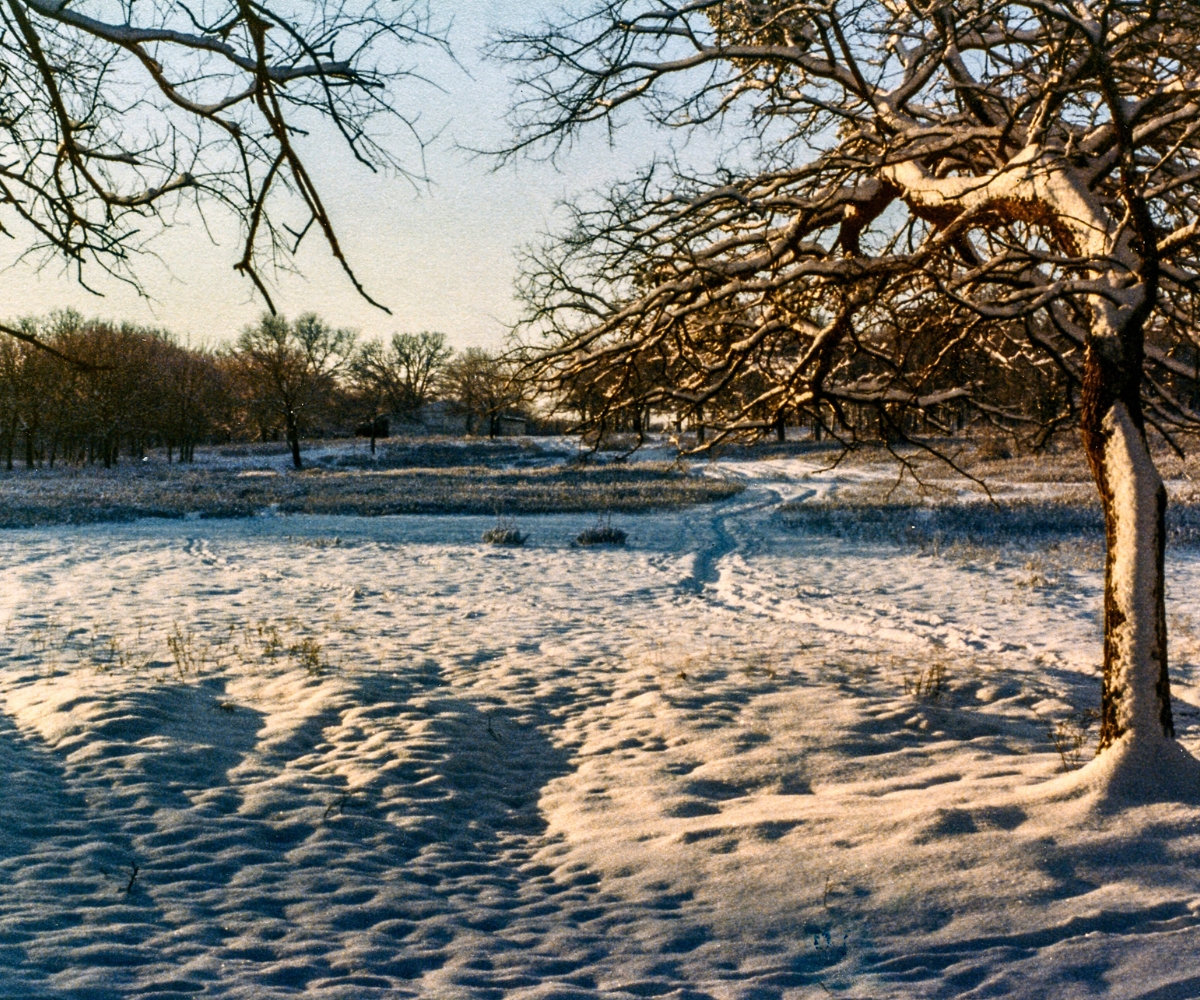
Key Activity: Mosquito populations drop, but they don’t vanish completely.
Eggs: Aedes eggs survive in dry conditions and hatch with spring warmth and rain.
Adults: Some Culex mosquitoes overwinter in sheltered areas like garages or crawlspaces.
Behavior: Unseasonably warm days can trigger short bursts of activity.
